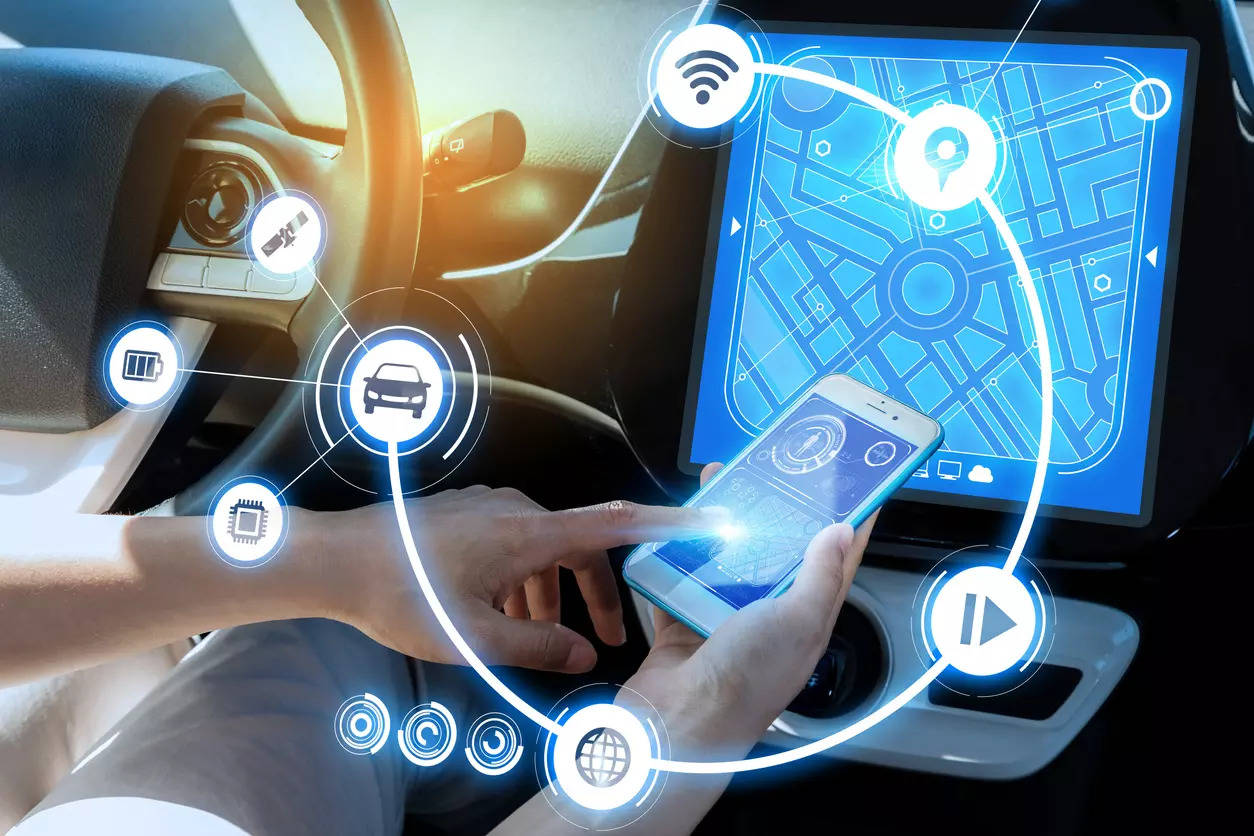 A Cornerstone for Innovation at the forefront of India’s strategy lies the imperative to foster indigenous technological innovation.
A Cornerstone for Innovation at the forefront of India’s strategy lies the imperative to foster indigenous technological innovation.New Delhi: In the pursuit of establishing itself as a global leader in mobility technology, India must strategically address four key areas with unwavering commitment and concerted efforts. These essential pillars encompass technological innovation, supply chain fortification, and the formulation of progressive policies by the Union Government to drive the widespread adoption of electric vehicles (EVs) and mobility tech, and leveraging global opportunities for exports.Technological innovation:
A Cornerstone for Innovation at the forefront of India’s strategy lies the imperative to foster indigenous technological innovation. From cell technology to thermal and battery management systems, India must channel significant resources and efforts into developing fundamental EV technologies. Strengthening the nexus between academic research and practical application is paramount, necessitating robust government funding to bolster scientific endeavors.
Establishing translational laboratories capable of nurturing ideas and prototypes from conception to commercial viability, thereby advancing from TRL (Technology Readiness Level) 1 to TRL 7 and 8, is critical. By creating industry hubs through viability gap funding mechanisms, India can emulate successful models observed in European nations, where academic inventions have been seamlessly integrated into commercial production. This relentless focus on technology creation serves as the bedrock of India’s quest for global leadership in mobility tech.
Supply chain fortificationBuilding Resilience and Self-Reliance India’s overreliance on imported components for battery packs poses a significant challenge to its aspirations. From cells to electronics chips, the dependency on foreign imports underscores the urgent need to fortify the domestic supply chain. Leveraging India’s abundant reserves of metals and minerals, coupled with proactive government policies, is essential to catalyze a materials science revolution. Encouraging indigenous production of battery-grade materials will reduce reliance on imports and enhance supply chain resilience. Furthermore, addressing the scarcity of domestic equipment for cell fabrication and battery assembly is imperative. Promoting local innovation and incentivizing MSMEs to develop high-quality equipment will bolster India’s self-reliance in this critical domain. In instances where certain equipment cannot be domestically manufactured, long-term funding support should be provided to facilitate the acquisition of premium imports without burdening the capital expenditure of manufacturers.
Policy framework
Catalyzing innovation and adoption a progressive policy framework is indispensable in fostering an ecosystem conducive to innovation and adoption. While initiatives such as PLI schemes and subsidies for batteries have laid a foundation for progress, a paradigm shift towards providing upfront capital for industry investment is necessary. Policies should incentivize the transition from internal combustion engine (ICE) vehicles to EVs, with measures such as congestion pricing and preferential treatment for electric vehicles in urban centers.
State-level initiatives, exemplified by Delhi’s restriction on ICE vehicles during peak hours, serve as a blueprint for promoting EV adoption and stimulating market demand. By aligning regulatory frameworks with the promotion of EVs and providing financial incentives for early-stage investments, India can expedite its transition towards a sustainable, technology-driven mobility ecosystem.
Leveraging global opportunities
India’s journey towards global leadership in mobility technology presents immense opportunities for export dominance. With Free Trade Agreements (FTAs) in place with the US and Europe, Indian companies have access to lucrative markets provided they meet the stringent quality standards. Moreover, the burgeoning Southeast Asian market presents a ripe opportunity for India to showcase its technological prowess. Leveraging similarities in climate conditions and driving patterns, India can emerge as a dominant supplier of EV tech to Southeast Asia. By harnessing its legacy OEM capabilities and evolving EV technologies, India can bridge the gap between the East and the West, solidifying its position as a global hub for mobility tech innovation.
In essence, India’s pursuit of global leadership in mobility technology hinges on its ability to innovate, fortify its supply chain, enact progressive policies, and leverage global opportunities. By embracing these imperatives with unwavering determination, India can pave the way for a sustainable and technologically advanced future in mobility.
(Disclaimer: Pankaj Sharma is co-founder and director at Log9 Materials. Views are personal.)






















